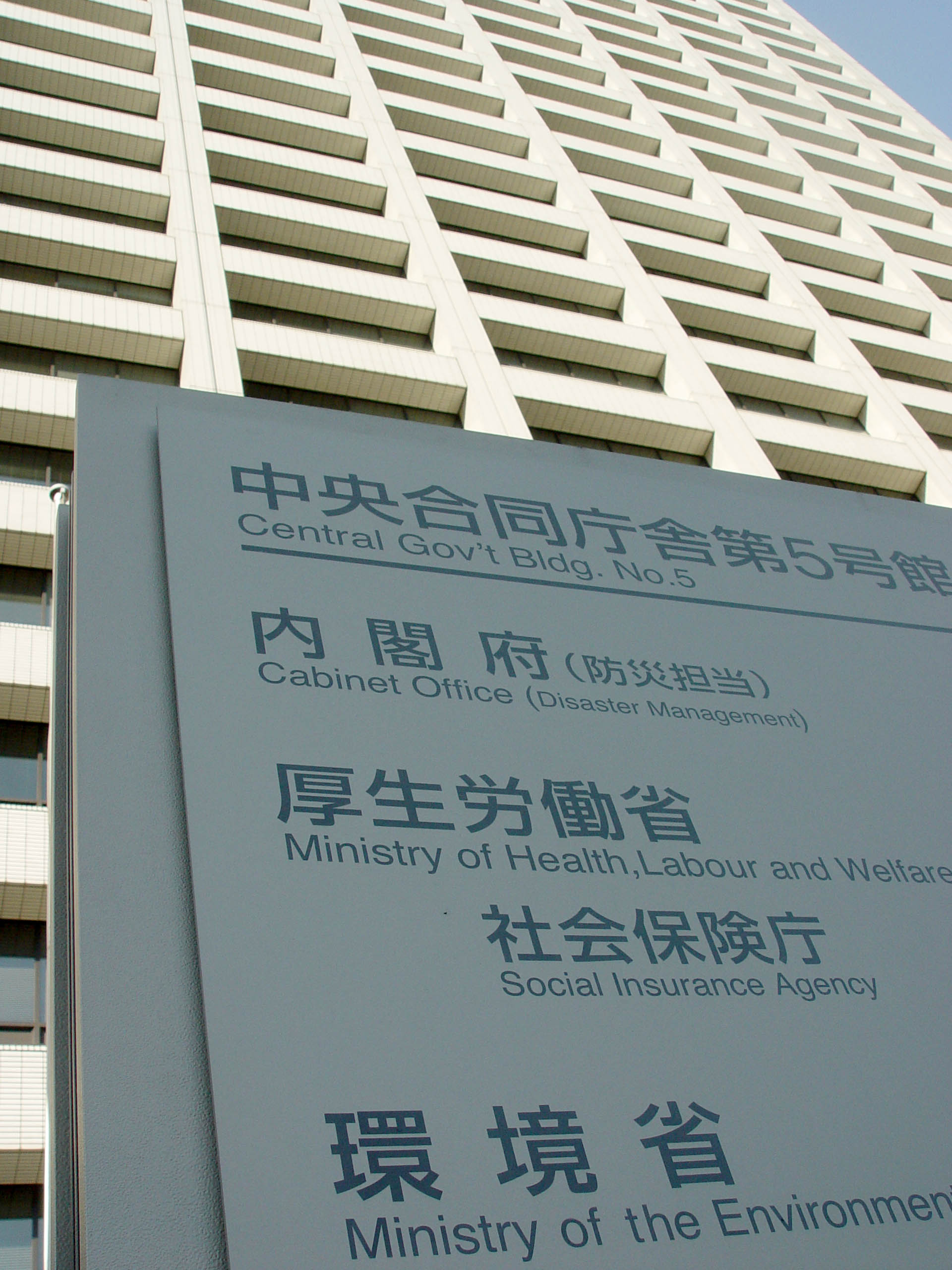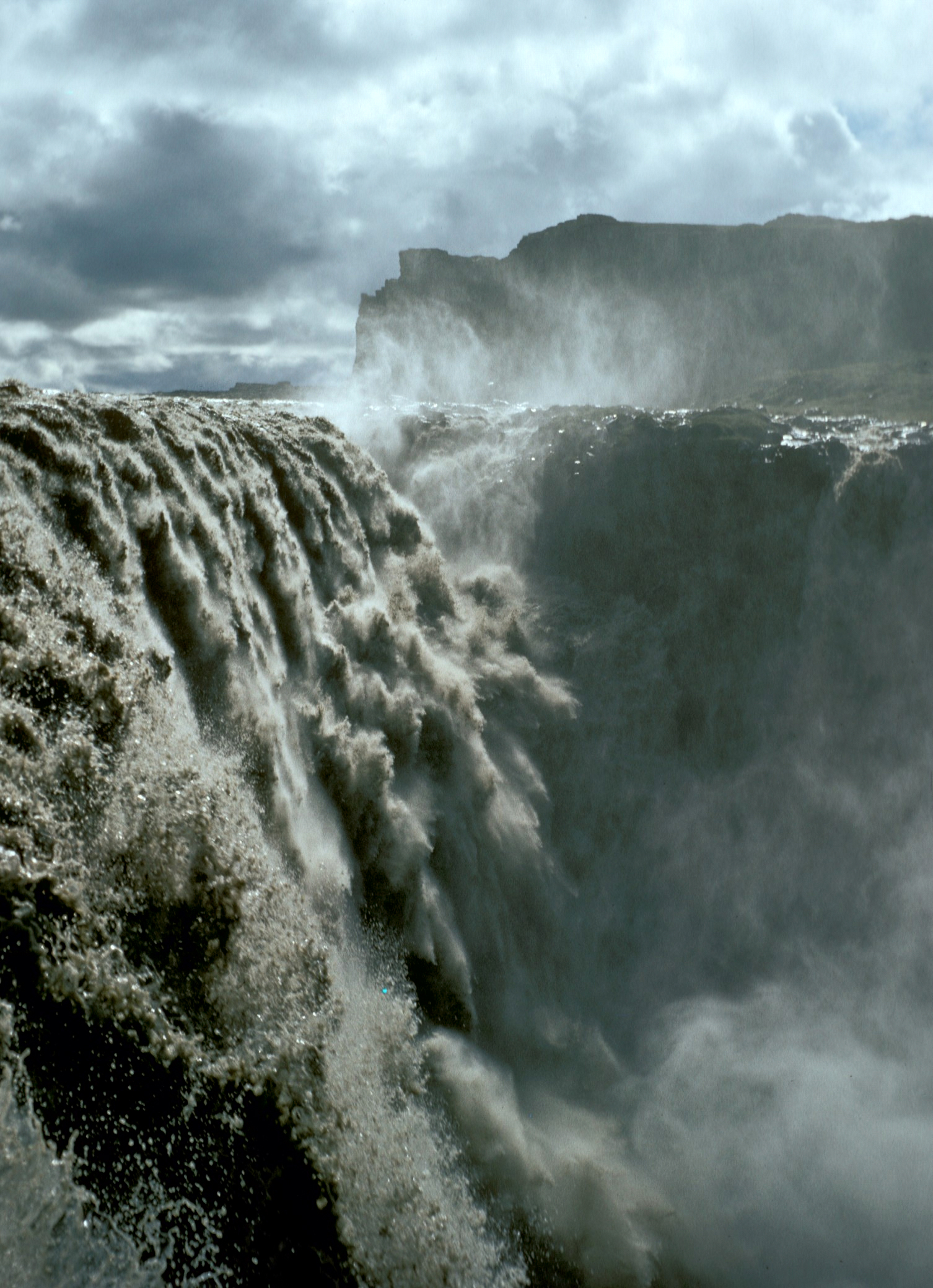|
Matsumi Falls
is a waterfall in the city of Towada, Aomori Prefecture, Japan, on a tributary of the Oirase River, which flows down from Lake Towada. It is one of "Japan’s Top 100 Waterfalls is a list of waterfalls in Japan compiled by the Japanese Ministry of the Environment in 1990. Background According to the Japanese government, there are 517 named waterfalls in Japan. Many of these waterfalls are located in remote mountain l ...", in a listing published by the Japanese Ministry of the Environment in 1990. External links *Ministry of Environment Waterfalls of Japan Landforms of Aomori Prefecture Tourist attractions in Aomori Prefecture Towada, Aomori {{Aomori-geo-stub ... [...More Info...] [...Related Items...] OR: [Wikipedia] [Google] [Baidu] |
Towada, Aomori
is a Cities of Japan, city in Aomori Prefecture, Japan. , the city had an estimated population of 60,697, and a population density of 84 persons per km2 in 27,677 households. The total area of the city is . Geography Towada is in the foothills of the Hakkōda Mountains and encompasses the Aomori portion of Lake Towada. The Oirase River passes through the town. Towada is an area rich in nature. To the west are Towada-Hachimantai National Park. In particular, Lake Towada and the Oirase River are famous tourist spots. As for industry, agriculture is thriving, and the city produces the largest amount of garlic in Japan. The central part of the city is characterized by its orderly grid-like streets. In particular, "Government Office Street" is a popular place for citizens to enjoy the Someiyoshino (Japanese cherry) trees planted along the street. In recent years, the city has been promoting its urban policy as a "Arts Towada," with the Towada Art Center (Art museum) as its centerpiec ... [...More Info...] [...Related Items...] OR: [Wikipedia] [Google] [Baidu] |
Aomori Prefecture
is a prefecture of Japan in the Tōhoku region. The prefecture's capital, largest city, and namesake is the city of Aomori. Aomori is the northernmost prefecture on Japan's main island, Honshu, and is bordered by the Pacific Ocean to the east, Iwate Prefecture to the southeast, Akita Prefecture to the southwest, the Sea of Japan to the west, and Hokkaido across the Tsugaru Strait to the north. Aomori Prefecture is the 8th-largest prefecture, with an area of , and the 31st-most populous prefecture, with more than 1.2 million people. Approximately 45 percent of Aomori Prefecture's residents live in its two core cities, Aomori and Hachinohe, which lie on coastal plains. The majority of the prefecture is covered in forested mountain ranges, with population centers occupying valleys and plains. Aomori is the third-most populous prefecture in the Tōhoku region, after Miyagi Prefecture and Fukushima Prefecture. Mount Iwaki, an active stratovolcano, is the prefecture's highest p ... [...More Info...] [...Related Items...] OR: [Wikipedia] [Google] [Baidu] |
Japan
Japan ( ja, 日本, or , and formally , ''Nihonkoku'') is an island country in East Asia. It is situated in the northwest Pacific Ocean, and is bordered on the west by the Sea of Japan, while extending from the Sea of Okhotsk in the north toward the East China Sea, Philippine Sea, and Taiwan in the south. Japan is a part of the Ring of Fire, and spans Japanese archipelago, an archipelago of List of islands of Japan, 6852 islands covering ; the five main islands are Hokkaido, Honshu (the "mainland"), Shikoku, Kyushu, and Okinawa Island, Okinawa. Tokyo is the Capital of Japan, nation's capital and largest city, followed by Yokohama, Osaka, Nagoya, Sapporo, Fukuoka, Kobe, and Kyoto. Japan is the List of countries and dependencies by population, eleventh most populous country in the world, as well as one of the List of countries and dependencies by population density, most densely populated and Urbanization by country, urbanized. About three-fourths of Geography of Japan, the c ... [...More Info...] [...Related Items...] OR: [Wikipedia] [Google] [Baidu] |
Oirase River
The is a river located in eastern Aomori Prefecture, in the Tōhoku region of northern Japan. __NOTOC__ The Oirase River is the only river that drains Lake Towada, a large caldera lake that lies on the border of Aomori and Akita Prefectures. The river flows in a generally eastern direction, through the municipalities of Towada, Rokunohe, Oirase, and Hachinohe before exiting into the Pacific Ocean. The upper reaches of the river form a scenic gorge with numerous rapids and waterfalls, and is one of the major tourist attractions of the Towada-Hachimantai National Park is a national park comprising two separate areas of Aomori, Iwate, and Akita Prefectures, Japan. The Towada-Hakkōda area encompasses Lake Towada, Mount Hakkōda, and most of the Oirase River valley. The Hachimantai area includes Mount Hachim .... The lower reaches of the river are used extensively for irrigation. In 1996 the sound of flowing water at the Oirase River was selected by the Ministry of the Envir ... [...More Info...] [...Related Items...] OR: [Wikipedia] [Google] [Baidu] |
Waterfall
A waterfall is a point in a river or stream where water flows over a vertical drop or a series of steep drops. Waterfalls also occur where meltwater drops over the edge of a tabular iceberg or ice shelf. Waterfalls can be formed in several ways, but the most common method of formation is that a river courses over a top layer of resistant bedrock before falling on to softer rock, which Erosion, erodes faster, leading to an increasingly high fall. Waterfalls have been studied for their impact on species living in and around them. Humans have had a distinct relationship with waterfalls for years, travelling to see them, exploring and naming them. They can present formidable barriers to navigation along rivers. Waterfalls are religious sites in many cultures. Since the 18th century they have received increased attention as tourist destinations, sources of hydropower, andparticularly since the mid-20th centuryas subjects of research. Definition and terminology A waterfall is gen ... [...More Info...] [...Related Items...] OR: [Wikipedia] [Google] [Baidu] |
Lake Towada
is the largest crater lake in Honshū island, Japan. Located on the border between Aomori and Akita prefectures, it lies 400 meters (1,800 ft) above sea level and is 327 m (1,073 ft) deep, drained by the Oirase river. With a surface area of 61.1 km², Towada is Japan's 12th largest lake, its bright blue color is due to its great depth. The lake is roughly circular, with two peninsulas extending from its southern shore approximately one-third into the center of the lake. The lake is a popular tourist destination. Location Lake Towada is located approximately northeast of Tokyo, divided between the municipalities of Towada, Aomori and Kosaka, Akita. It forms part of the northern section of Towada-Hachimantai National Park Geology Lake Towada occupies the caldera of a stratovolcano still regarded as an active volcano. This volcano became active around 200,000 years ago, and through repeated eruptions and pyroclastic flows, especially 55,000 and 36,000 an ... [...More Info...] [...Related Items...] OR: [Wikipedia] [Google] [Baidu] |
Japan’s Top 100 Waterfalls
is a list of waterfalls in Japan compiled by the Japanese Ministry of the Environment in 1990. Background According to the Japanese government, there are 517 named waterfalls in Japan. Many of these waterfalls are located in remote mountain locations, but with an increase in hiking and tourism in recent years, the number of visitors has greatly increased, placing significant pressure on the surrounding environment. Listing Gallery File:Hagoromonotaki.jpg, 1. Hagoromo Falls File: Inkura.jpg, 2. Inkura Falls File:Garoh-Fall.jpg, 3. Garō Falls File:Ginganotaki.jpg, 4. Ryusei-Ginga Falls File:Asiribetu.jpg, 5. Ashiribetsu Falls File:Oshinkoshin-no-taki.jpg, 6. Oshinkoshin Falls File:Kurokumanotaki.jpg, 7. Kurokuma Falls File: Waterfall of Fudou in Hatimantai.JPG, 9. Fudō Falls File:Akiu Otaki.jpg, 10. Akiu Great Falls File:Sankai_no_taki_5nov07.jpg, 11. Sankai Falls File:Nanataki Falls 2008-02-29.jpg, 12. Nanataki Falls File:Chagamanotakiw.jpg, 13. Chagama Falls File:Hot ... [...More Info...] [...Related Items...] OR: [Wikipedia] [Google] [Baidu] |
Ministry Of The Environment (Japan)
The is a Cabinet-level ministry of the government of Japan responsible for global environmental conservation, pollution control, and nature conservation. The ministry was formed in 2001 from the sub-cabinet level Environmental Agency established in 1971. The Minister of the Environment is a member of the Cabinet of Japan and is chosen by the Prime Minister, usually from among members of the Diet. In March 2006, the then-Minister of the Environment Yuriko Koike, created a ''furoshiki'' cloth to promote its use in the modern world. In August 2011, the Cabinet of Japan approved a plan to establish a new energy watchdog under the Environment Ministry, and the Nuclear Regulation Authority was founded on September 19, 2012. Organization * Minister's Secretariat (大臣官房) * (総合環境政策統括官) * Global Environment Bureau (地球環境局) * Environment Management Bureau (水・大気環境局) * Nature Conservation Bureau (自然環境局) * (環境再生・資源循� ... [...More Info...] [...Related Items...] OR: [Wikipedia] [Google] [Baidu] |
Waterfalls Of Japan
A waterfall is a point in a river or stream where water flows over a vertical drop or a series of steep drops. Waterfalls also occur where meltwater drops over the edge of a tabular iceberg or ice shelf. Waterfalls can be formed in several ways, but the most common method of formation is that a river courses over a top layer of resistant bedrock before falling on to softer rock, which erodes faster, leading to an increasingly high fall. Waterfalls have been studied for their impact on species living in and around them. Humans have had a distinct relationship with waterfalls for years, travelling to see them, exploring and naming them. They can present formidable barriers to navigation along rivers. Waterfalls are religious sites in many cultures. Since the 18th century they have received increased attention as tourist destinations, sources of hydropower, andparticularly since the mid-20th centuryas subjects of research. Definition and terminology A waterfall is generally d ... [...More Info...] [...Related Items...] OR: [Wikipedia] [Google] [Baidu] |
Landforms Of Aomori Prefecture
A landform is a natural or anthropogenic land feature on the solid surface of the Earth or other planetary body. Landforms together make up a given terrain, and their arrangement in the landscape is known as topography. Landforms include hills, mountains, canyons, and valleys, as well as shoreline features such as bays, peninsulas, and seas, including submerged features such as mid-ocean ridges, volcanoes, and the great ocean basins. Physical characteristics Landforms are categorized by characteristic physical attributes such as elevation, slope, orientation, stratification, rock exposure and soil type. Gross physical features or landforms include intuitive elements such as berms, mounds, hills, ridges, cliffs, valleys, rivers, peninsulas, volcanoes, and numerous other structural and size-scaled (e.g. ponds vs. lakes, hills vs. mountains) elements including various kinds of inland and oceanic waterbodies and sub-surface features. Mountains, hills, plateaux, and plains are the fo ... [...More Info...] [...Related Items...] OR: [Wikipedia] [Google] [Baidu] |
Tourist Attractions In Aomori Prefecture
Tourism is travel for pleasure or business; also the theory and practice of touring, the business of attracting, accommodating, and entertaining tourists, and the business of operating tours. The World Tourism Organization defines tourism more generally, in terms which go "beyond the common perception of tourism as being limited to holiday activity only", as people "travelling to and staying in places outside their usual environment for not more than one consecutive year for leisure and not less than 24 hours, business and other purposes". Tourism can be domestic (within the traveller's own country) or international, and international tourism has both incoming and outgoing implications on a country's balance of payments. Tourism numbers declined as a result of a strong economic slowdown (the late-2000s recession) between the second half of 2008 and the end of 2009, and in consequence of the outbreak of the 2009 H1N1 influenza virus, but slowly recovered until the COVID-19 pa ... [...More Info...] [...Related Items...] OR: [Wikipedia] [Google] [Baidu] |
_(3800529489).jpg)




.jpg)
